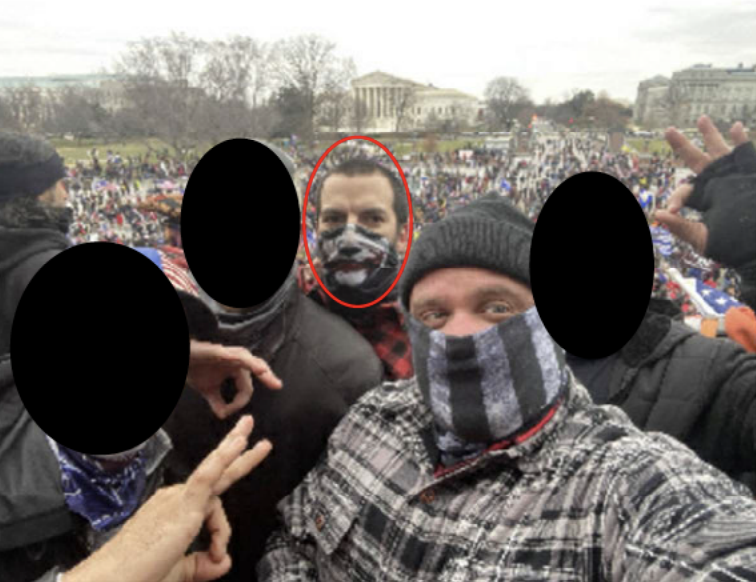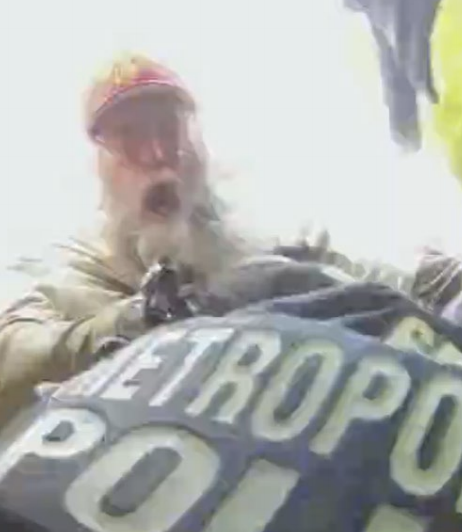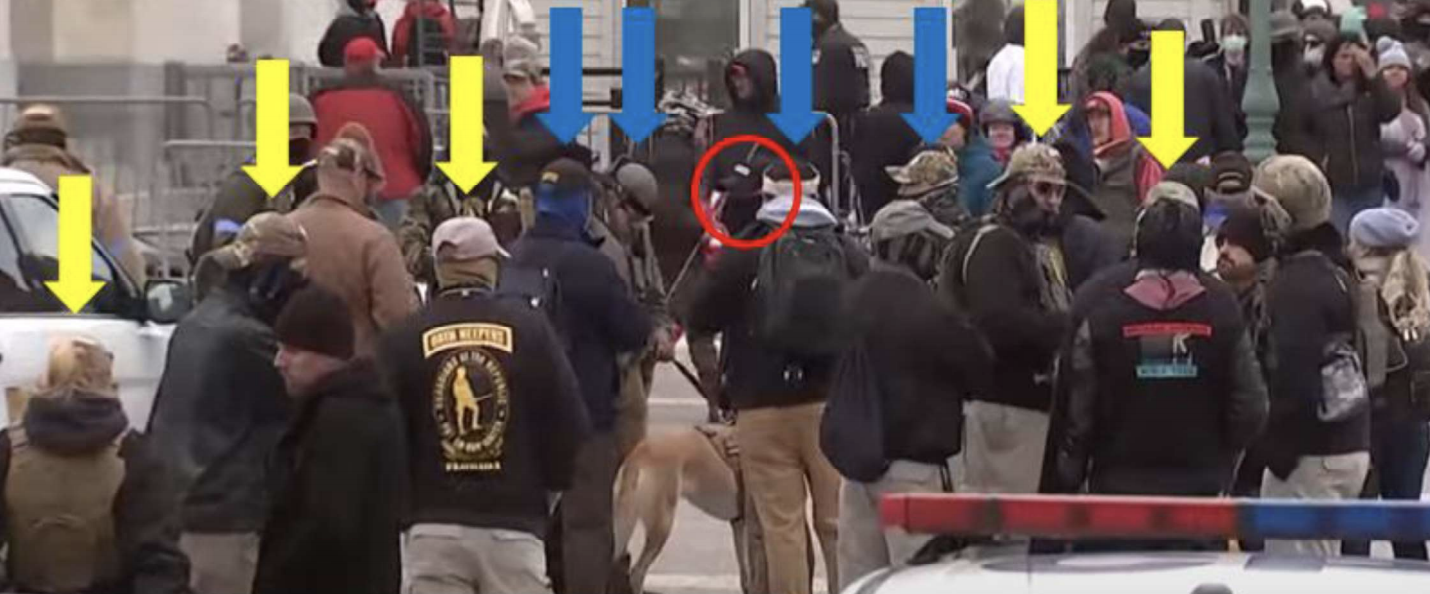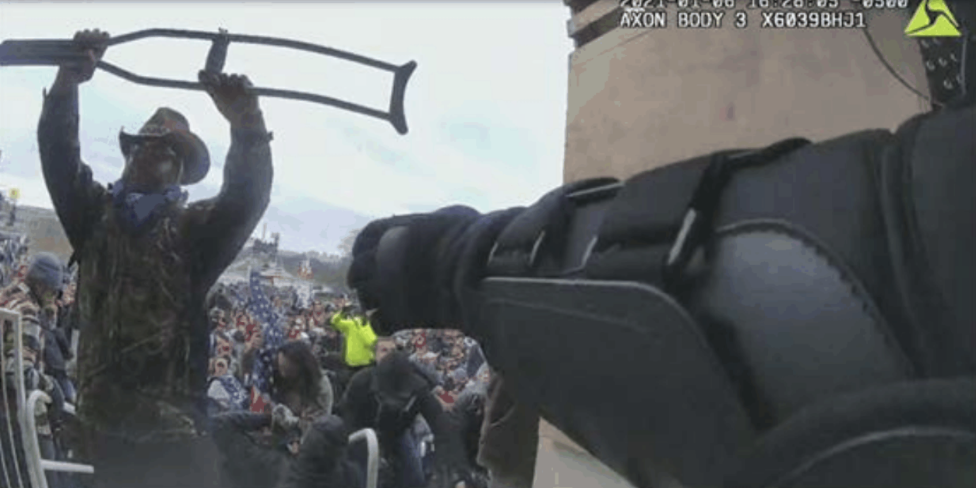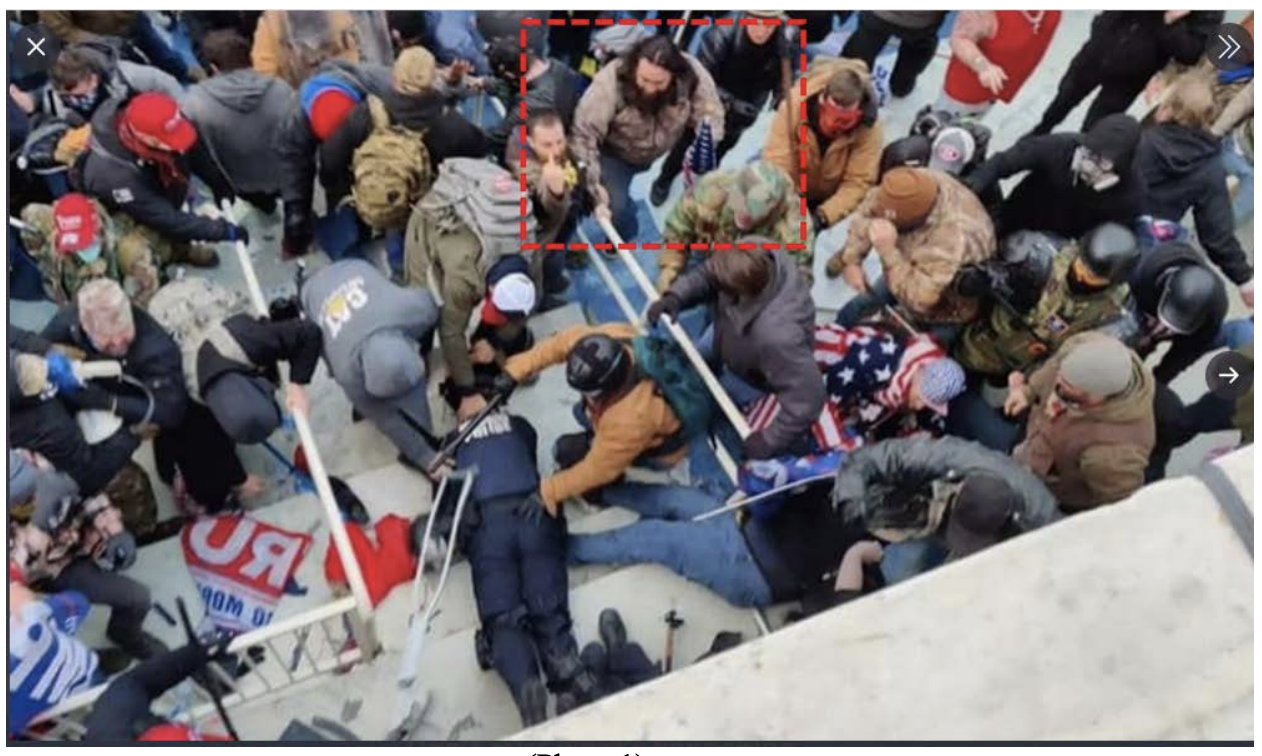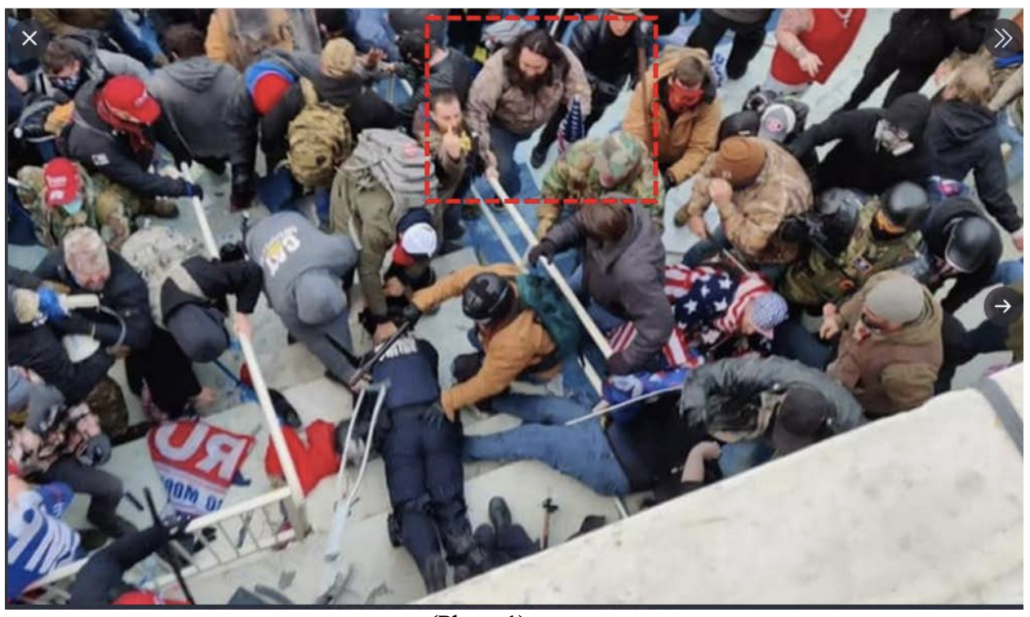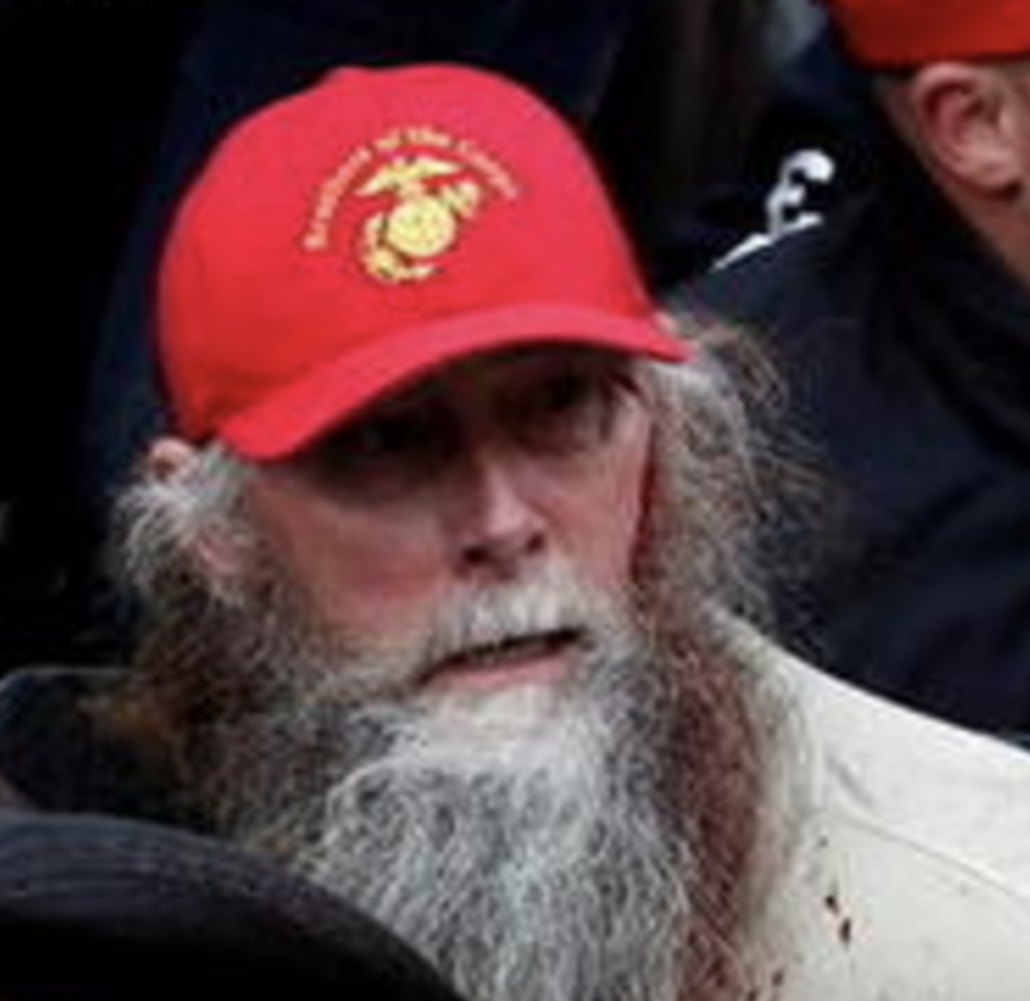The Grand Jury Secrets Hiding the Proud Boys’ East Door Activities
By my very quick review, there have just been a handful of January 6 defendants charged individually via indictment, without first being charged by complaint.
Lewis Cantwell was arrested in February for civil disorder and obstruction, but whose actions on January 6 are not laid out in any public court documents.
Richard Harris was arrested via indictment in March for resisting arrest and obstruction. A motion supporting detention revealed that Harris persuaded cops to back down at one of the entrances and picked up a phone and purported to threaten Nancy Pelosi; he had assaulted a journalist at a protest in December in Oregon and — though this is contested — lived out of his car after that time.
Daniel Rodriguez was arrested via indictment in March for tasing Michael Fanone, among other things. A HuffPo article, which in turn relied on the work of various volunteer Sedition Hunters, had already provided ample introduction on Rodriguez.
The Klein brothers — Matthew and Jonathanpeter — probably count as one unit. They were charged via conspiracy indictment in March. Their drawn out detention fight showed one or both have ties to the Proud Boys, they followed Dominic Pezzola in the Senate side door, and then later successfully breached the North Door.
Other than that, people have been initially charged via indictment in group or conspiracy indictments: Verden Nalley got indicted along with William Calhoun a month after Calhoun was first charged. Albuquerque Cosper Head and Kyle Young were indicted for assault along with Thomas Sibick, who had already been charged. Taylor Johnatakis and Isaac Sturgeon were indicted on assault charges with Craig Bingert, who had already been charged. A now sprawling assault indictment including Jack Whitton, Clayton Mullins, and Michael Lopatic started with complaints against Jeffrey Sabol and Peter Stager. Another sprawling assault indictment including Tristan Stevens, David Judd, Christopher Quaglin, Robert Morss, and Geoffrey Sills built off a Patrick McCaughey complaint.
When some of the militia members got added to one or another indictment — Matthew Greene to one of the Proud Boys indictment, and several Oath Keepers to that omnibus indictment — they were indicted without a complaint first.
Which is to say, in this investigation, it has been very rare for an individual to be initially charged via indictment.
That’s why it’s notable that the government arrested Ricky Willden yesterday, a Proud Boy from Northern California, on assault and civil disorder charges via an indictment obtained a week earlier. The government issued a press release that describes that Willden was on the East side cheering as a bunch of Marines and one co-traveller opened the door, then sprayed some stuff at cops guarding the door.
The Proud Boys is a group self-described as a “pro-Western fraternal organization for men who refuse to apologize for creating the modern world; aka Western Chauvinists.” In publicly available videos recorded on Jan. 6, Willden can be seen in a crowd near the east door of the Capitol at 2:24 p.m. (according to time stamps in one of the videos) wearing a dark jacket, beanie cap and gloves, and cheering as the doors to the Capitol opened. At 2:35 p.m., he can be seen raising his hand and spraying an unknown substance from a green can toward police officers who were standing guard at the east door.
But because the government arrested Willden via indictment, they don’t have to release a public explanation of their probable cause to arrest him. Indeed, the press release pointedly cites “publicly available videos” to back the only allegation it makes.
One reason to charge someone on indictment rather than complaint is to hide the identity of witnesses who have testified. I find that particularly interesting, in part, because there were several people who posed in Joe Biggs’ picture on the East side, but thus far, just Paul Rae and Arthur Jackman have been identified from the picture (though Biggs surely knows who the others are). While the government has ostentatiously rolled out one after another Oath Keeper cooperator — first Jon Schaffer, then Graydon Young, and yesterday Mark Grods — aside from an unindicted co-conspirator identified in some of the Proud Boy indictments (UCC-1), whose identity those charged also know, the government has hidden the cooperators it has surely recruited from the notoriously back-stabbing group. The hybrid approach the government has used — charging five overlapping conspiracies but also charging a bunch of Proud Boys who worked in concert with others individually — has (surely by design) made it harder for both participants and observers to understand what the government has in hand. There have been a few inconclusive hints that one or another person has flipped (or that Judge Tim Kelly, who has presided over most of the Proud Boys cases, had a sealed hearing that might reflect a plea deal), but nothing concrete.
For weeks it has been clear that unpacking how it happened that two militias and a bunch of Marines converged on the East Door as if all had advance warning would be one key to demonstrating the larger conspiracy behind the January 6 insurrection.
But just as DOJ has rolled out a new player in those events, they’ve moved everything to a grand jury to hide its secrets.

